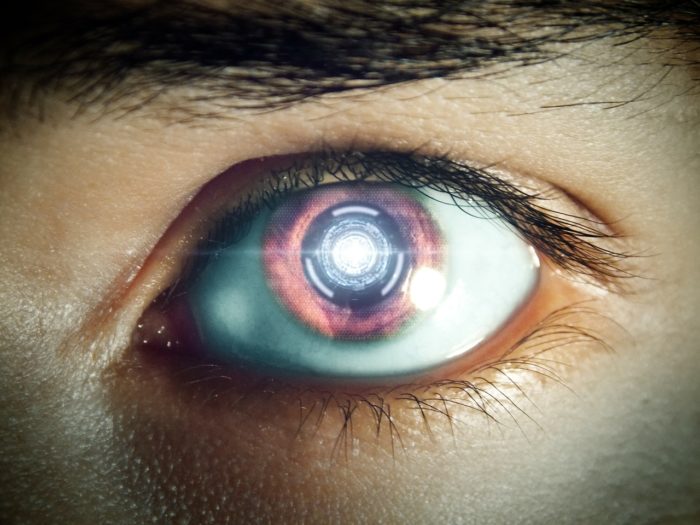Imagine having an electronic eye that’s able to look around the room and relay 2020 vision to your brain. Sounds like something out of science fiction, right? Well buckle up, because the future is indeed now. A team of scientists has just found a breakthrough in visual prosthesis so massive that it has turned the entire concept on its head. What was this discovery and how is it going to bring about robotic eyes? That’s what I’m going to be covering today. Welcome to another segment of Iris in Focus, a thread all about vision repair and the scientific breakthroughs that are changing how we literally see the world.
How did the concept of an artificial retina originate?
One of the groundbreaking teams working on visual prosthesis is that of Richard Birney, Dr. Joseph Rizzo III, M.D., and Douglas Shire, Ph.D. at Bionic Vision Technologies. They have worked tirelessly for over three decades to bring this technology to fruition. It all started with the thought of “why not?” In a video sponsored by General Electric, former member of the team, John Wyatt, discussed his initial hesitations to joining the project. He says that he spent three months thinking over reasons that the technology would fail. At the end of those three months, he couldn’t think of a single reason it couldn’t work. Unfortunately, John passed away in 2016 without seeing the project through to completion, but his work was instrumental in the large leaps in progress that the team made.
Why is this so important to talk about today though?
The reason is because a team in Hong Kong that had based a lot of its research on the work of Bionic Vision Technologies had a massive breakthrough. Essentially, previous theories for visual prosthesis aimed at fabricating photosensors onto a flat surface and then folding that image onto curved surfaces. Providing the 3D images that non visually impaired people see on a day-to-day basis. However, in a recent paper published in Nature, a research team from Hong Kong University of Science and Technology created a technique for building photosensors into the hemispherical artificial retina directly. In Layman’s terms, enabling the researchers to build a device that can artificially mimic the resolution, responsiveness, and wide field of view or the human eye. This is an astonishing advancement for the field that pushes the entire industry immeasurably closer to having long term solutions for blindness and visual impairment.
What are the next steps for visual prosthesis?
There are current limitations to the technology that prevent the artificial retina from going to market. The largest current obstacle is the size of the wiring required to create the sensors. The nanowires are currently two orders of magnitude thinner than the liquid metal connections, meaning that scientists can only attach one hundred wires into the back area of the retina. This means that regardless of the density of the photosensors, the resolution of the eye is only one hundred pixels. Compare that to a standard YouTube clip that’s video display is over one thousand pixels and you can start to understand the inherent problems with the technology. It’s a matter of the wires being way too big for the machinery. There are not currently solutions for these limitations, but the technology is still very new and there is reason to think that more breakthroughs are right around the corner.
For now, this latest advancement in visual technology is incredibly promising, we just have to wait and see what scientists can uncover next. I know for me personally, as someone who had Lasik eye surgery, new surgical procedures can be daunting. However, if this new technology proves successful, it’s going to change the lives of so many people. This is a truly inspiring moment in the world of vision repair. For more information about science’s cutting edge, check back regularly for more articles.

